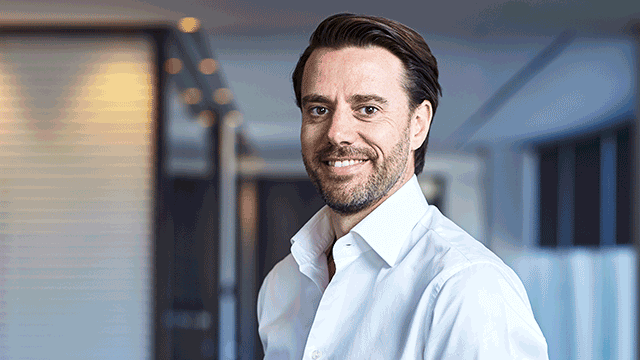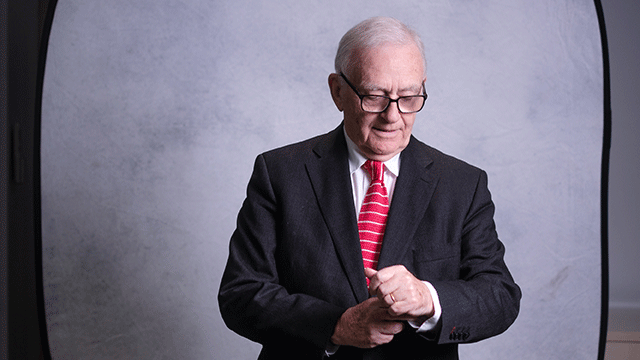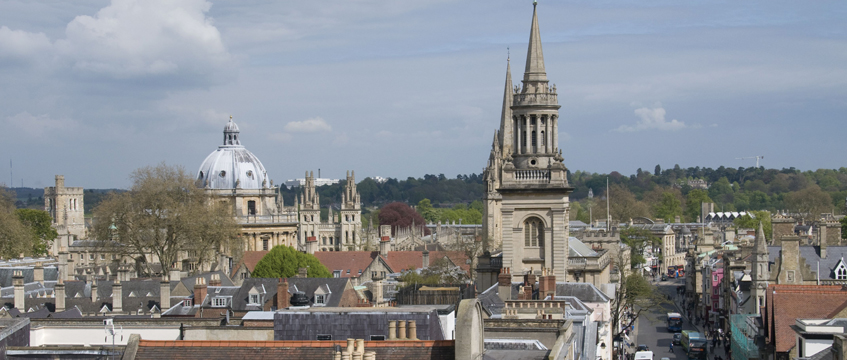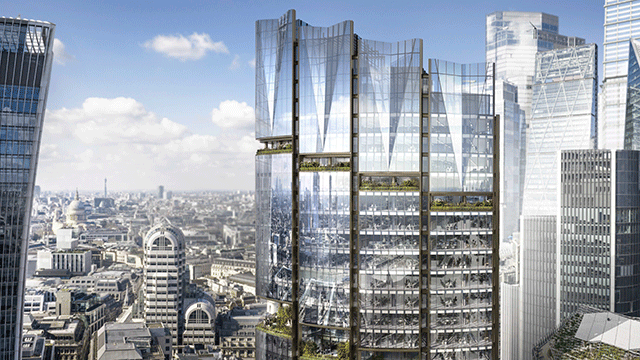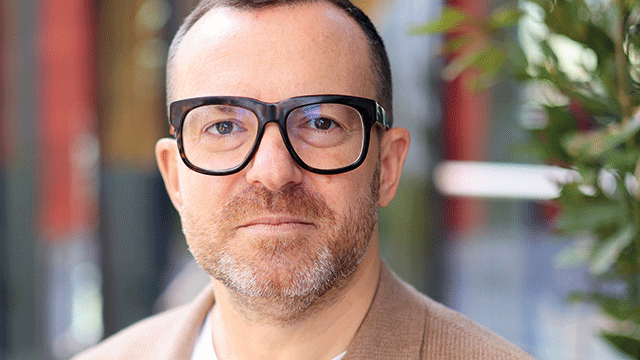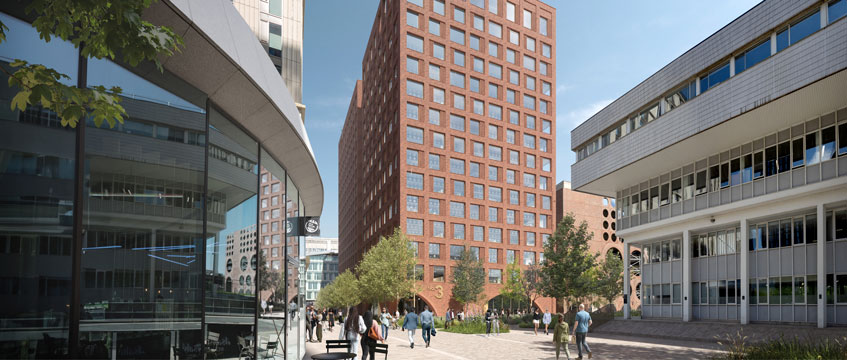Oxford has always been an attractive city. It has been a magnet for tourists and some of the smartest minds for years. But it has also always been something of a safe city, some may even say bland. At least from a real estate perspective.
The city has been dependable, predictable. You knew what supply and demand was and where rents would be. You could plan. A bit. It was – it is – a city that is geographically constrained. It has big-city personality but not quite the physical attributes to go with it.
But that is not Oxford today. Yes, like all cities across the UK, Oxford seems quiet. Covid and lockdowns have taken the hustle and bustle away. The 8m tourists who usually visit the city every year, boosting the local economy by £800m, just aren’t there. But just because you can’t see the activity, doesn’t mean it isn’t happening.
Charles Rowton-Lee, head of commercial agency for Savills in Oxford, says the city has never been busier and that the days of predictable activity and the rare 30,000 sq ft requirement landing on his desk are long gone.
Today Oxford is in high demand and that is only being fuelled by its role in developing a vaccine for Covid-19.
“We’re seeing a lot of venture capital being raised at the moment, and this is helping to support companies and their demands moving forward,” says Rowton-Lee.
“Five or six years ago, it was very, very rare to see a requirement coming into the market for anything in excess of 30,000 sq ft. Now we’re looking at a much healthier market with life sciences and other forms of tech companies looking for requirements up to and in excess of 100,000 sq ft.”
Rowton-Lee says the market is being fuelled by venture capital raising, with more than £1bn raised by almost 100 companies last year. This growth and the spin-out companies that come along with it is pushing demand for space increasingly upwards in the city and its surrounds.
“The demand for space is really through all sectors and for all sizes of accommodation,” he says. “There’s big demand for incubator space and for follow-on space for those companies. And some of them are growing exponentially fast. So within a three or four-year period, they’re going from two or three people to 30,000-40,000 sq ft.”
Oxford has transformed itself over the past five years, says Rowton-Lee, from being a place where there wasn’t really any science to being a city that is science. To being a city that is electric with activity.
“I think it’s a really exciting place to be,” he says. “And, to be honest, I wish I was 20 years younger so I could ride the roller-coaster that I think Oxford is going to go on. And certainly, in the property market, it is going to be fantastic.”
Causes for concern
Caroline Green, incoming chief executive of Oxford City Council, is duty-bound to agree that the city’s future is fantastic. But she clearly believes it too.
She does, however, understand that the city has plenty of challenges it needs to overcome, including its shocking inequality statistics. There can be a 10-15-year life expectancy difference from one side of the city to the other, and despite being a seat of educational brilliance, around 20% of the population has low or no skills.
The city and its surrounds also suffer from the perennial problem of a lack of affordable housing and a lack of non-greenbelt land to build on.
Nicola Horner, Savills’ head of residential development in Oxford, says the doubling of the population in Oxfordshire over the past decade has caused real difficulties in deciding where housing needs to be and should be built.
“The fact we haven’t had enough homes being delivered has had an impact on affordability,” says Horner. “And Oxford has again got the title of being the least affordable place to live in the country. The house-price-to-earnings ratio is now over 10 against a national average of just under eight.”
Oxford is constrained, she says, and that has had a big impact on supply.
“All of those challenges threaten to hold back Oxford’s potential as we move forward,” adds the council’s Green. “But Oxford is known for its innovation, its entrepreneurialism and finding solutions to problems. And the Covid vaccine is an example of that.”
For Green, Oxford is a place of ambition. And Covid is not going to stop that. She says the city is well placed to bounce back better and faster than many other parts of the city because of its diverse and knowledge-based economy. She also believes it is well prepared to get moving again, having already set our its industrial strategy. It’s a plan that, she says, will enable the area to build on its economic assets and create sustainable, clean growth for the future.
“And all partners in the city, the county, the local enterprise partnership are absolutely focused on delivering and securing investment in that in that plan,” she adds.
And it is here that she wants the private sector to play its role.
“We have the opportunity to collectively with partners work at city, county and in the Arc to create the framework for a recovery from Covid that is about building back better, fairer and greener,” says Green.
“So my invitation is to be part of the ambition to bring Oxford reputation for cutting-edge innovation and problem solving and apply that to the next stage of the city’s journey as a place that isn’t just rich in history but is driving the future.”
Anna Strongman, chief executive of Oxford University Development, a £4bn joint venture between the university and Legal & General to deliver thousands of new homes across the city, is up for the challenge. She wants to see Oxford transformed into an engine of growth for the UK. But, she adds, that cannot be achieved outside of the good growth agenda.
“I think it would be great for us to ensure that everyone within the city has access to good-quality housing and good-quality services and the opportunities which exist in the city,” says Strongman. “If we can do that, if Oxford is seen as one of the drivers of growth in the UK, that the environments that we create are world-class and people think I would love to work and live there and that everyone in that city feels that they have access to that emerging infrastructure and services, then that would be a fantastic achievement.”
“Between now and 2050, if not sooner, I absolutely believe sustainable development, sustainable growth is within our reach so that growth no longer has to be seen as a bad term,” adds Bev Hindle, executive director of the Oxford to Cambridge Arc leadership group.
“Growth can actually deliver better outcomes for all of us, not just the environment or not just social outcomes or not just the economy, but all of that. I’m not sure that’s possible everywhere, but I think we can establish that here and if it doesn’t happen here, I’m not sure where it does.”
Oxford, it seems, has set itself an ambitious and bold vision for its future: to be a city that is not just the poster child for the UK’s economic growth but for sustainable development and good, inclusive growth too. But it is a vision, that with a collaborative spirit – hopefully aided by government’s recent announcement of a new spatial framework for the Oxford-Cambridge Arc – is ultimately achievable.

Expert speakers in the production were
- Caroline Green, chief executive, Oxford City Council
- Charles Rowton-Lee, head of commercial agency, Oxford Botley, Savills
- Nicola Horner, head of residential development sales, Oxford Summertown, Savills
- Ian Pritchett, director, Ssassy
- Jennifer Ross, consultant, VeloCity
- Anna Strongman, chief executive, Oxford University Development
- Bev Hindle, executive director, Oxford to Cambridge Arc leadership group
To send feedback, e-mail samantha.mcclary@egi.co.uk or tweet @samanthamcclary or @estatesgazette




